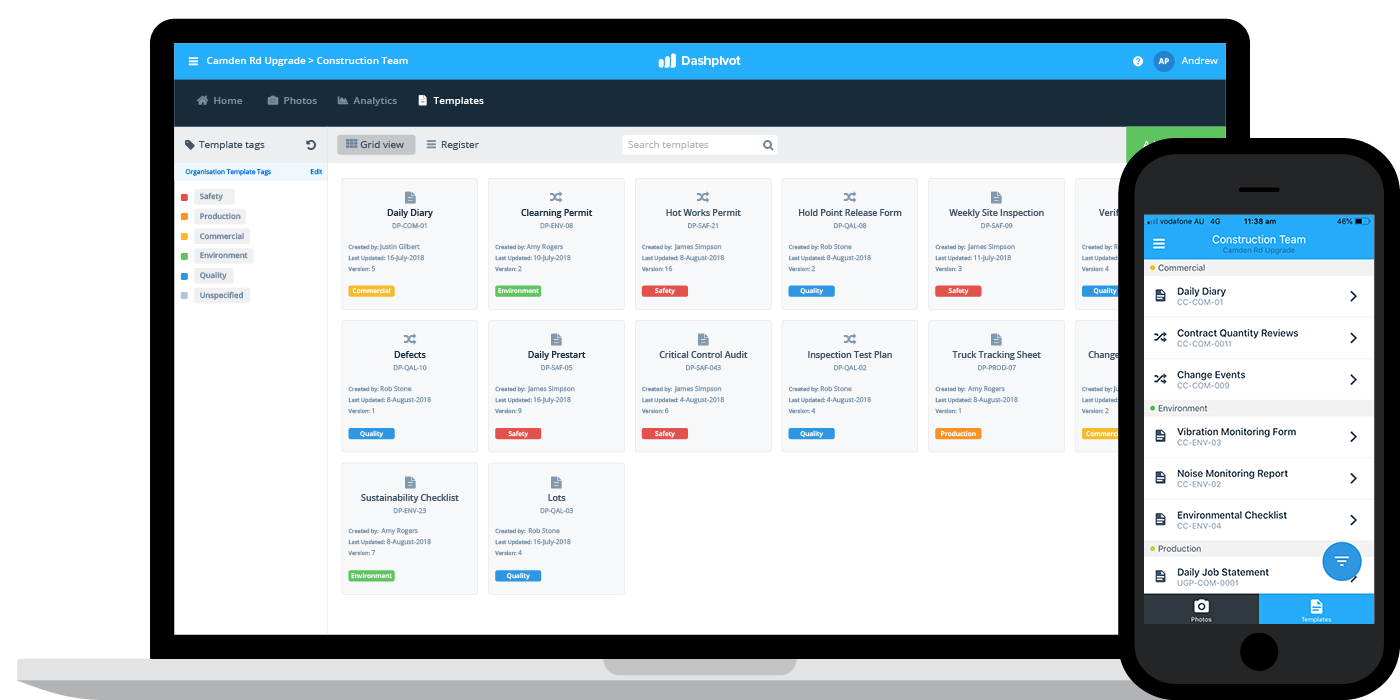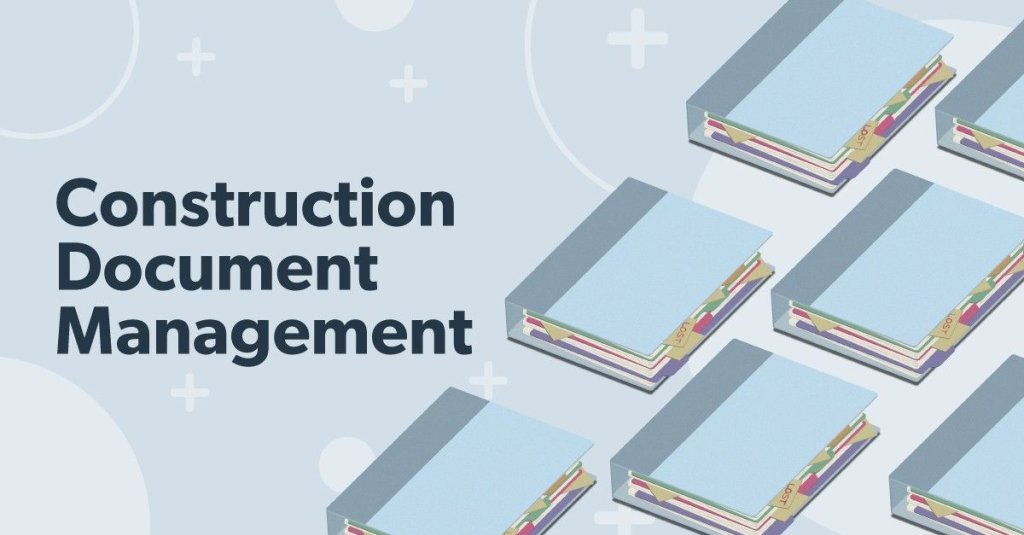From Disorder to Control: Utilizing the Possible of Construction Document Management
From Disorder to Control: Utilizing the Possible of Construction Document Management
Blog Article
Optimizing Task Collaboration: Architect's Finest Practices in Building Record Administration
In the detailed realm of building tasks, the reliable administration of building and construction papers stands as a cornerstone for success. Designers, with their meticulous attention to information and ingenious design remedies, are tasked with orchestrating a symphony of resources, timelines, and stakeholders. Nonetheless, amidst this complexity exists a sixty-four-thousand-dollar question: how can engineers enhance cooperation procedures to enhance task end results? By checking out essential approaches such as leveraging cloud-based systems, establishing durable interaction protocols, and making sure data security, designers can raise their record monitoring practices to new heights.
Leveraging Cloud-Based Platforms
Leveraging cloud-based platforms is a basic approach for modern-day designers in optimizing building and construction record administration procedures. By transitioning from traditional paper-based systems to cloud services, engineers can simplify cooperation, boost record ease of access, and improve total job performance. Cloud-based platforms use designers the capacity to shop, share, and upgrade building records in real-time, guaranteeing that all employee have accessibility to one of the most present details despite their location. This accessibility advertises smooth interaction and coordination among job stakeholders, leading to less errors and hold-ups in the building process.
In addition, cloud-based platforms supply a protected setting for storing sensitive project info, using file encryption, normal back-ups, and individual authorization setups to protect information stability. Architects can additionally take advantage of the scalability of cloud services, permitting them to readjust storage space capability and performance based on task requirements. Overall, leveraging cloud-based platforms empowers designers to enhance their building paper monitoring procedures, driving greater cooperation, effectiveness, and success in their jobs.
Carrying Out Variation Control Solution
Having developed the benefits of cloud-based platforms in building and construction paper administration, designers can currently enhance their document control processes by implementing Variation Control Equipment. Version Control Solution (VCS) are vital devices that track changes in files, ensuring that team members are always collaborating with the most recent and most precise information. By implementing VCS, engineers can preserve a centralized database where all task documents are kept, allowing smooth collaboration while lessening the risk of errors and version disputes.
One key advantage of Variation Control Solution is the capacity to track the total history of document changes, enabling customers to go back to previous variations if needed (construction document management). This function is especially beneficial in construction jobs where layout iterations and alterations are typical. Additionally, VCS helps with much better interaction amongst team members by offering a clear audit trail of that made particular changes and when they were made. This openness not only boosts accountability yet also helps in fixing disagreements or inconsistencies that may occur during the task lifecycle.
Establishing Interaction Procedures
To make certain reliable and efficient project control, designers have to develop clear and durable communication procedures within their building paper administration procedures. Communication methods specify the approaches, regularity, and channels whereby employee exchange info, updates, and comments. One essential aspect of establishing these protocols is figuring out a central interaction system where all project-related discussions and document sharing can take area. This platform could be a project administration software, email strings, or cloud-based storage services. By establishing standards on just how info is distributed and exactly how employee communicate with each various other, designers can enhance the flow of information and stop miscommunications or hold-ups in the building and construction procedure.
Moreover, interaction methods must additionally consist of guidelines on how to manage problems, change orders, and urgent concerns that might develop throughout the project lifecycle. Developing an organized strategy to communication makes sure that all stakeholders are on the very same web page, advertises transparency, and eventually contributes to the successful conclusion of the building and construction task.
Utilizing BIM Software for Sychronisation
BIM software program plays an essential function in boosting sychronisation amongst job employee in the construction industry. Building Info Modeling (BIM) assists in partnership by offering a centralized system where engineers, designers, professionals, and various other stakeholders can collaborate in a worked with fashion. Through BIM software program, task participants can access and upgrade a common version which contains detailed information regarding the structure layout, building and construction components, and project schedules.

Moreover, BIM software application makes it possible for real-time partnership and interaction among group participants, despite their physical place. With cloud-based BIM systems, project stakeholders can access the current project information, track adjustments, and make notified decisions immediately. On the whole, leveraging BIM software for sychronisation improves job performance, productivity, and ultimately leads to successful project results.
Ensuring Information Security and Compliance
In the realm of construction paper monitoring, guarding information stability and guaranteeing regulative compliance are extremely important considerations for designers and other project stakeholders. Architects must implement durable safety actions to safeguard sensitive task details from unauthorized access or breaches. Making use of secure cloud storage space remedies with file encryption protocols and gain access to controls can assist minimize dangers associated with data theft or loss. Consistently upgrading software and systems, performing protection audits, and offering personnel training on data security best practices are important steps in maintaining a safe and secure setting for construction document monitoring.

Conclusion
Finally, architects can optimize job cooperation in construction paper management by leveraging cloud-based systems, implementing variation control systems, establishing interaction procedures, making use of BIM software program for sychronisation, and guaranteeing data safety and compliance. These ideal practices help simplify the building process, improve interaction among job stakeholders, and boost efficiency in project distribution. By page following these standards, designers can efficiently manage building and construction documents and facilitate successful task outcomes.
With BIM software, task individuals can access and update a shared model that contains detailed details about the building style, building and construction components, and job schedules.
Via cloud-based BIM systems, job stakeholders can access the most current project info, track modifications, and make notified choices without delay - construction document management. Generally, leveraging BIM software application for sychronisation boosts job performance, efficiency, and inevitably leads to successful task results
In conclusion, engineers can maximize project collaboration in building file management by leveraging cloud-based systems, carrying out variation control systems, establishing communication procedures, making use of BIM software program for coordination, and making certain information security and conformity. These best techniques aid streamline the building and construction process, boost communication see here amongst job stakeholders, and boost efficiency in task shipment.
Report this page